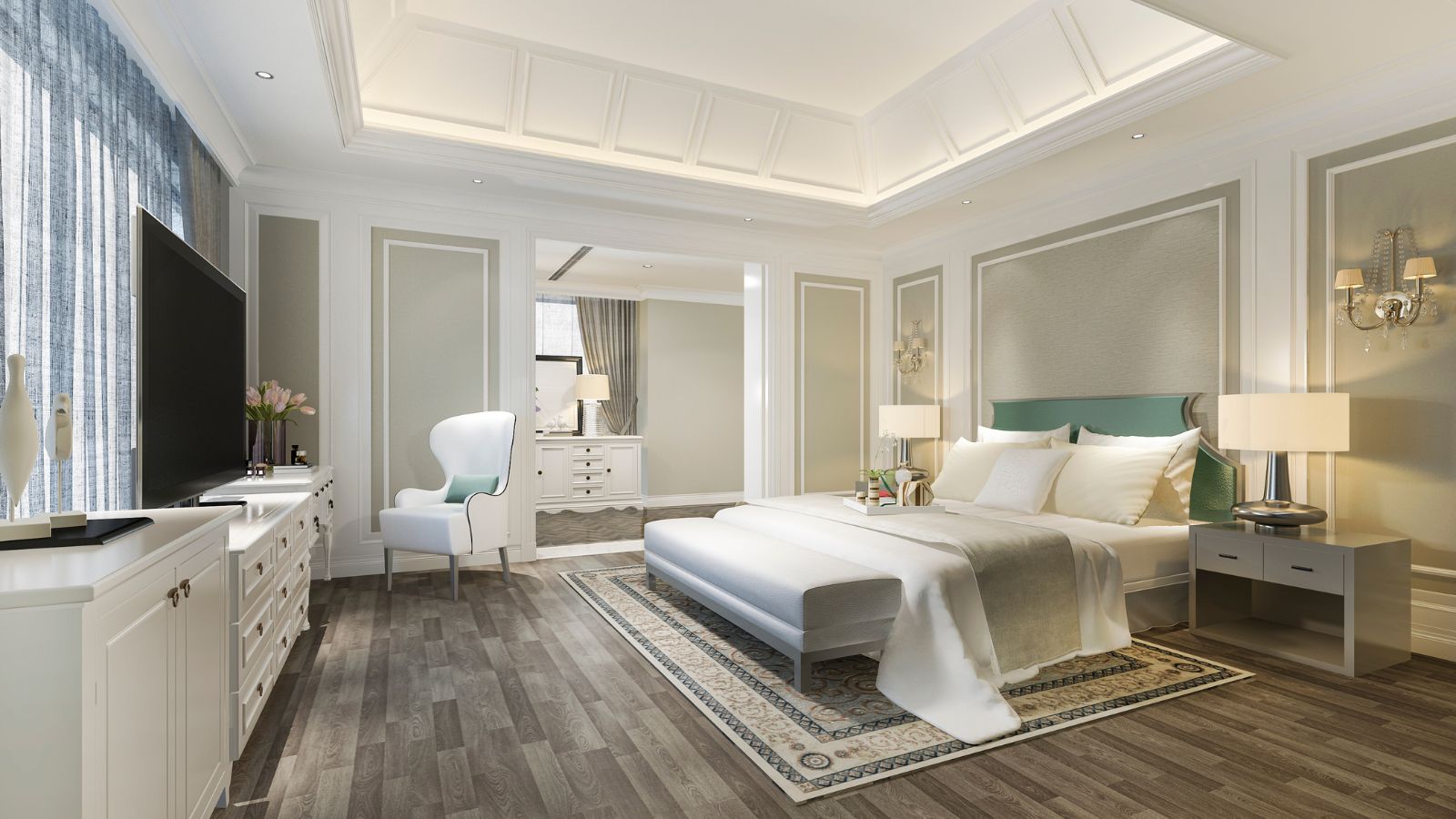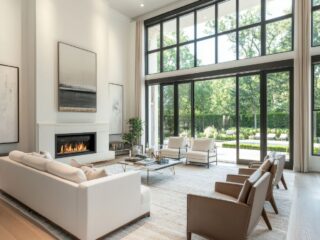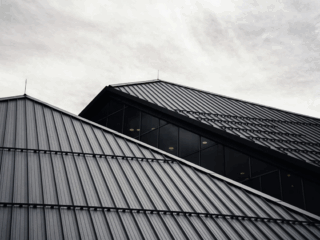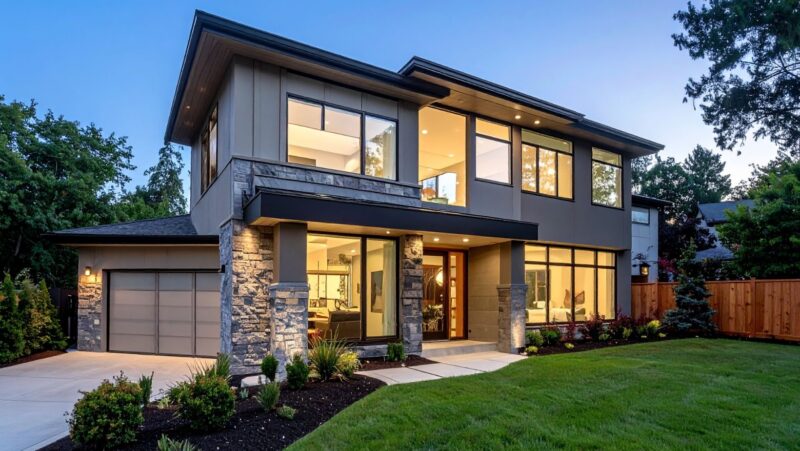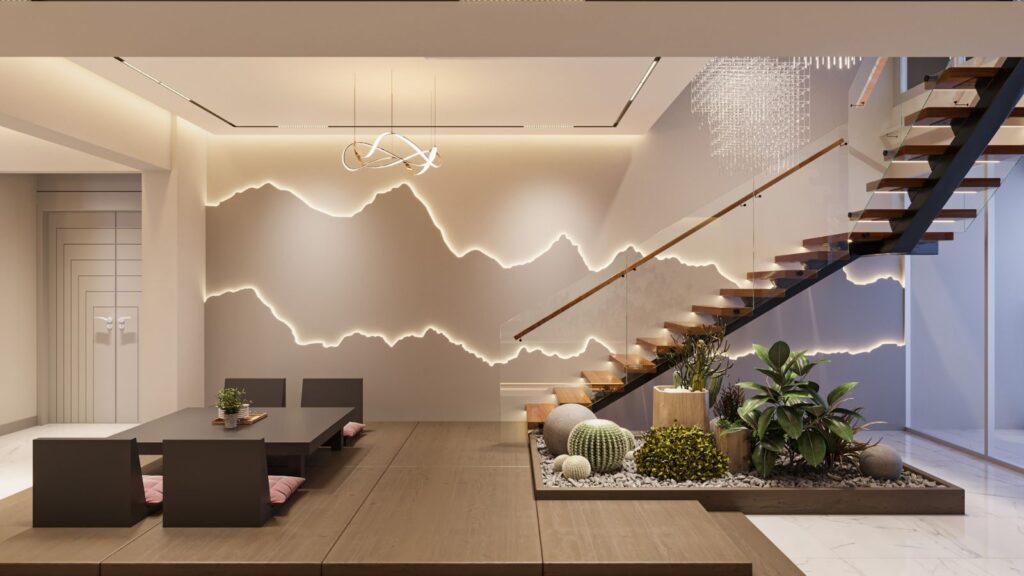
Some of the most compelling architectural spaces feel effortless—breezy interiors, uninterrupted lines, and light that moves freely through every room. But that clarity is the result of a carefully considered structure. The systems hidden within ceilings and walls are what make those dramatic spans, glass facades, and gravity-defying details possible.
In contemporary architecture, structure does more than hold a building upright—it shapes how it looks, feels, and performs. The materials and methods chosen for support systems have become integral to the design language itself. Rather than serving as a silent backdrop, structural strategy now plays a central role in defining both form and experience.
The Architecture–Structure Relationship
Every well-composed building begins with invisible choices. Before finishes and fixtures, before layouts and lighting, there’s the framework—literally. Structural systems dictate how far a room can stretch, how high a ceiling can rise, and how much glass a façade can carry. These elements don’t simply follow design; they quietly shape its possibilities.
In architecture where minimalism and openness take priority, the alignment between design intent and structural clarity becomes essential. Architects pursuing fluid interiors or cantilevered extensions rely on structural solutions that don’t interrupt the visual language. That often means collaborating with engineers early on—refining not just how a building stands, but how it lives.
The most striking spaces—those that feel calm, expansive, and purposeful—are built on this seamless relationship between form and support.
Material Innovation in Support Systems
For decades, wood framing and poured concrete formed the baseline of residential and light commercial construction. But as ambitions grow and performance standards evolve, many architects are embracing materials that offer more flexibility and resilience. Steel, in particular, has emerged as a preferred option—not only in commercial and industrial applications, but also in design-forward residential projects.
Its strength-to-weight ratio supports wide spans and generous volumes without cluttering a space with vertical interruptions. Steel also resists warping, insects, and moisture, making it a durable choice where environmental stability is a concern.
And while its performance is often the focus, steel’s aesthetic value shouldn’t be overlooked. Its geometry, texture, and modular precision can be expressed in ways that elevate structure to sculpture, or concealed entirely in favor of uninterrupted surfaces. Either way, the decision to use steel is rarely a purely technical one. It’s creative.
Steel Trusses: Enabling Open Space and Design Freedom
As interior layouts grow more open and spatially ambitious, structural systems must carry more while appearing to do less. Steel trusses answer that call, supporting expansive rooflines and uninterrupted ceilings without reliance on internal load-bearing walls. Their pre-engineered precision enables faster installation, streamlined material usage, and exceptional performance.
Originally developed for utility-focused builds, metal trusses for pole barns have steadily moved into contemporary architecture. Their clean geometry and high load capacity make them an effective option for wide-span residential interiors, adaptive reuse projects, and hybrid buildings that combine economy with design intent. Exposed, they add rhythm and depth; hidden, they empower openness without intrusion.
Their appeal lies in efficiency as much as form. Factory-fabricated systems reduce on-site complexity and waste, bringing consistency to construction timelines without compromising vision. When integrated thoughtfully, these trusses don’t detract from design—they enable it.
Designing with Climate in Mind: Structural Durability Over Time
Lasting performance starts with smart material decisions. Shifts in temperature, moisture, and exposure exert constant pressure on a building’s core systems, gradually testing their resilience. Over time, it’s the structure that bears the weight of these conditions. Selecting materials that can withstand environmental stress isn’t just a precaution. It’s a commitment to long-term quality.
Steel trusses offer strong resistance to thermal expansion, pests, and general degradation. Unlike wood, they don’t require chemical treatment to endure variable conditions. They hold their shape, resist fatigue, and require less long-term maintenance—qualities that contribute directly to the sustainability of a project.
As outlined by the U.S. Department of Energy, structures that account for climate and context from the ground up operate more efficiently across the board. When the frame supports both environmental and architectural goals, every subsequent layer—insulation, finish, envelope—works in harmony.
Integrating Structure into the Aesthetic
In a design rooted in simplicity and restraint, structure isn’t merely hidden—it becomes part of the architectural dialogue. Whether exposed or subtly integrated, the framework defines rhythm, proportion, and spatial movement. Steel trusses, with their sharp lines and engineered clarity, offer both strength and visual precision, particularly in spaces where structure is treated as a design element in its own right.
Some projects make that structure visible, letting trusses echo rooflines or frame volumes. Others keep the frame concealed but intentionally placed, allowing space to breathe without interruption. In either case, structure plays a silent yet powerful role in the visual experience.
This approach reflects a broader commitment to aligning structural design with energy efficiency, where material choices contribute to both environmental performance and architectural coherence. When structure is conceived as part of the architectural vision rather than an afterthought, it reinforces the space from within, supporting function, form, and intent in equal measure.
Conclusion
The most compelling architecture doesn’t rely on flash. It rests on well-chosen fundamentals—those quiet decisions that shape how a space feels, functions, and endures. Structure is one of them.
Steel trusses and other high-performance systems give architects the freedom to design generously while building with precision. They support not only the physical form but also the design intent. And when thoughtfully selected, they allow for spaces that feel open, grounded, and effortless, without ever revealing the amount of work that went into making them possible.

